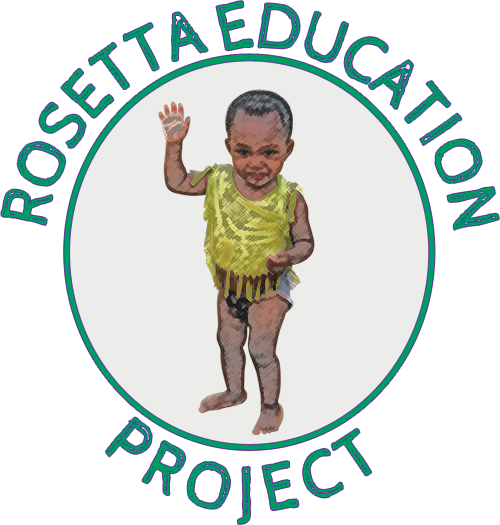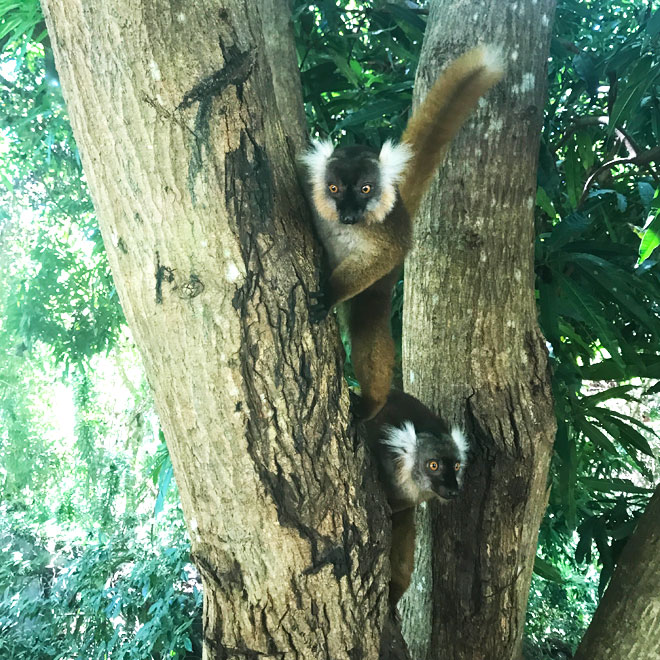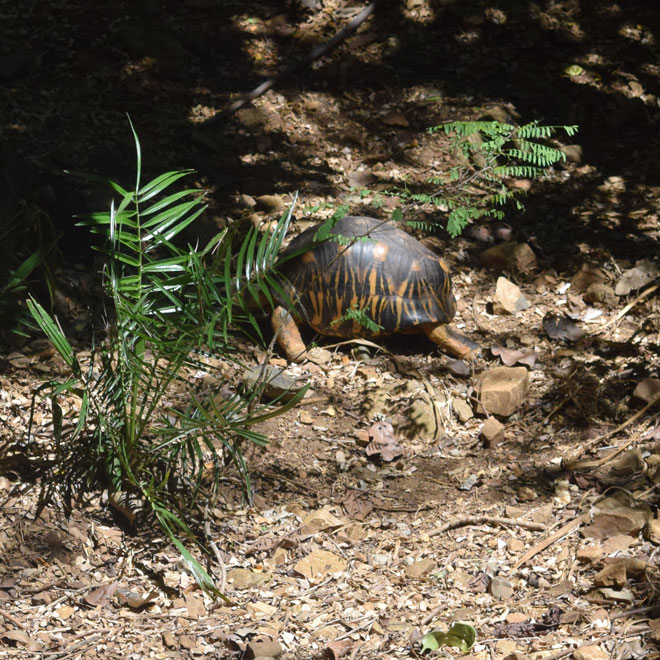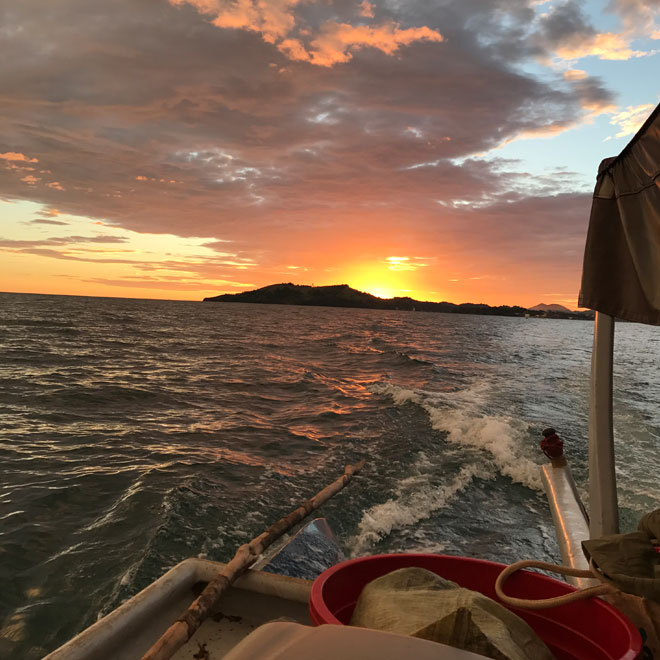Help conserve the environment

It is estimated that 90% of species in Madagascar are endemic with new and novel species being discovered all the time. Madagascar is described as a biodiversity hotspot with 5% of all known species being found in only 0.4% of the worlds land mass.
However, since human colonisation around 2,000 years ago, Madagascar, the world’s greatest biodiversity hotspot, has lost around 90% of its natural forest habitat.
This is currently still on the rise due to demand for firewood and timber, land being used for agriculture and mining for minerals such as sapphires and nickel causing a vast loss of native forest and fragmentation of habitats.
Most famous for its lemurs, of which all the many species can be found nowhere else in the world. Nearly 60 taxa are found in the country and these unique mammals vary greatly in size, behaviour and habitat choice, from mouse-sized nocturnal species to large diurnal lemurs who live in the inhospitable spiny forests.
Habitat loss, capture for the pet trade and hunting are the main things which threaten lemurs. Species with small and unique habitats are more vulnerable than others.
Madagascar also houses over 300 species of frog, 99% which are endemic to Madagascar and many reptiles including snakes, tortoise, iguanas and the chameleon, another iconic animal of Madagascar.
The chameleon is found all over the country and Madagascar houses two thirds of all species in the world. They vary greatly, ranging from the bright and colourful tree living species Furcifer pardalis to the tiny ground dwelling Brookesia micra.
Marine habitats are also host to a high diversity of species. Numerous coral reefs, beaches and mangroves surround the island which allows the thousands of species of fish, four turtle species and many invertebrate species to thrive.
This as well as being on migratory routes for humpback whales and lots of other pelagic fish, dolphins and sharks occupying the deeper waters make the marine world in this ocean, colourful, full of life and variety.
This precious ecosystem is being threatened by pollution from towns and terrestrial runoff from deforestation. Fishing for sharks and overfishing of vital fish stocks which locals rely on for food and livelihoods.
Climate change has had a notable effect on the environment. With increasing frequency and severity of cyclones, an increase in temperature and a decrease in rainfall in just 50 years Madagascar is considered one of the most vulnerable countries to the impact of climate change.
Damage to the environment has reduced the ability of Madagascar’s farmers to produce large amounts of food.
We aim to educate the local community on the importance of their environment and the steps they can take to help with the protection of the ecosystem.




